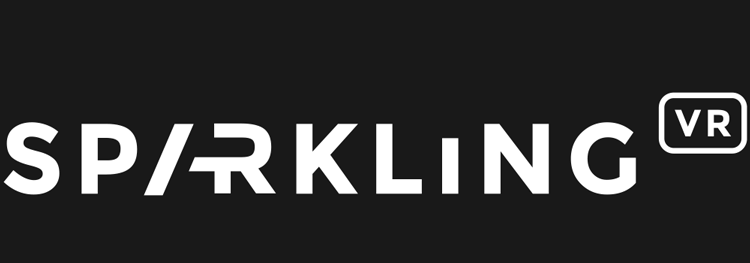Applications of VR in education: a new way of learning
Abstract
Virtual reality (VR) is transforming education, offering immersive and interactive learning possibilities that revolutionize traditional teaching methods. VR applications in education go beyond simple visualizations, allowing students to experience environments that enhance understanding and engagement. Here's how VR is redefining learning at all educational levels.
VR allows students to immerse themselves in realistic virtual environments, making learning more captivating and stimulating. For example, in history classes, students can visit reconstructions of historical sites like ancient Rome or the Egyptian pyramids and interact with their surroundings to better understand the context and events.
Experiential learning is greatly enhanced by VR. In science courses, students can conduct virtual lab experiments without the risks and costs associated with physical labs. They can observe chemical reactions, manipulate 3D molecules, and explore physical phenomena in a controlled and safe environment.
VR offers innovative solutions for students with special needs. For instance, dyslexic students can benefit from interactive learning environments that improve their comprehension and information retention. Additionally, students who cannot participate in field trips due to physical limitations can enjoy virtual excursions.
VR platforms enable collaborative interactions between students, even if they are in different locations. Virtual classrooms and group work environments allow students to work together on projects, exchange ideas, and solve problems in real-time, as if they were in the same room.
VR is particularly useful for professional and technical training. For example, medical students can practice surgical procedures in realistic simulations, mechanics apprentices can disassemble and reassemble virtual engines, and future pilots can train on ultra-realistic flight simulators. These hands-on experiences are essential for developing technical skills without the risks associated with real-world learning.
VR teaching has shown to improve student motivation and information retention. Immersive and interactive learning captures students' attention better and facilitates the memorization of complex concepts. Studies show that students are more likely to remember information learned in a VR environment than through traditional methods.
Virtual reality opens up unprecedented opportunities for education, making learning more immersive, accessible, and engaging. By integrating VR into educational programs, teachers can offer their students a new way of learning that stimulates curiosity, enhances understanding, and better prepares students for real-world challenges. VR is not just a teaching tool; it is a revolution that redefines the boundaries of education.




